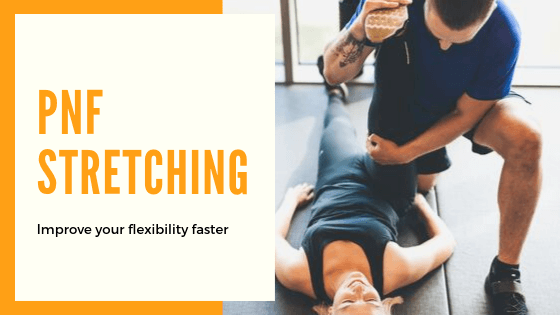OK, you've read up on the benefits and decided that you want to do some partner training. What kind of possibilities will this open up? Here's some ideas for how you and your training partner can get more out of each workout.
More...
Resistance Training Options with a Gym Buddy
Spotting
One of the best reasons to partner train when resistance training, particularly with free weights, is to have someone spot for you. Basically, this involves helping you to lift & return the weight from the rack to your start/finish position. They're also there to help take the weight off you should you suddenly become fatigued.
Ask anyone who's ever bench pressed. They'll be able to lift more weight with a spotter standing there than without one.
During the reps, your mate can guide and encourage you, checking your form and range of movement.
While you recover from your set, you can then spot for your partner.
Pushing to failure
As has been said before, it's the 3 or 4 reps before you reach the point of total exhaustion that really push you into fatigue. It's this fatigue that stimulates your muscles to become stronger. That being said, it can be hard to push yourself to that point.
That's where a training partner can become invaluable. They'll push you and help to make each set count.
Negative reps
This is a technique where the resistance is set significantly higher than normal. Your partner helps you lift the weight. But because muscles are stronger lowering a weight than lifting, you will still be able to lower the weight slowly under your own steam. You repeat the process with your mate helping you lift the weight back up.
Negative reps promote real overload in the muscle fibres and are effective at building strength.
Use them sparingly though as they can make you very sore. This is particularly true when your muscles aren't used to training with this technique.
Drop Sets
These involve performing an exercise set to failure, or near failure. Your partner then reduces the weight by 15-20%. The exercise continues at this lower weight. Once you reach failure again, your partner reduces the weight again and you keep going with your reps.
This process repeats until it's virtually impossible to lift any weight at all.
Aerobic Training Ideas with a Workout Partner
Distance Sessions
When it comes to aerobic training, there's no substitute for longer, steady-paced sessions to get some serious calorie-burning going. That's when a training partner can make all the difference. That 60-minute run or cross-trainer session can seem like an eternity on its own. With a friend by your side for occasional conversation however, time passes much more effortlessly.

Paced Sessions
Just as it's sometimes hard to psyche yourself up to train to failure when resistance training, it can be difficult to mentally prepare yourself for some maximum-paced aerobic work. However, with a training partner of comparable fitness alongside, the idea is for you to spur each other on to push harder for longer.
Whether you're in the gym or out in the open road, a bit of friendly competition never hurt! It'll also help make things a little less grueling.
Alternate Interval Sessions
Performing structured intervals is hard work. It requires mental discipline and lots of effort. A neat way of injecting a bit of fun into intervals is perform them as partner intervals.
You warm up together, but when you're doing an interval, your partner rests. They're job is to give you encouragement and feedback. They might even monitor your pace or your heart rate.
Then as you recover, the roles reverse. Your partner performs his or her interval, you monitor and encourage. Before you know it, your intervals are over and you can both warm down.
Flexibility Training with Partner PNF Stretching
PNF stretching is ideally suited to partner training. Basically, it involves a static muscle stretch in the normal way, followed by a contraction of the muscle against an immovable object. That immovable object in this case, is your workout buddy.
This contraction should last about 6 to 10 seconds. This helps your muscle overcome the 'stretch reflex' and allow it to relax a little further. The muscle can now stretch a little bit further.

Let's use a PNF stretch of the hamstrings as an example.
You would lie on the floor on your back, while your partner raises one of your legs in the air. This raised leg is the one that will be stretched. Your other leg will rest flat on the floor. Your training partner then gently raises the leg until you feel a comfortable static stretch.
After 20 seconds or so, with your leg still in this position, you gradually push harder and harder against your partner. As if you were trying to return the outstretched leg back to the floor. Your partner should resist this force.
After about 10 seconds, you stop pushing and relax. If your partner now applies a bit more leverage (gently), you'll find that you can easily move into a deeper stretch without discomfort.
Any muscle group can be stretched with this same technique.
